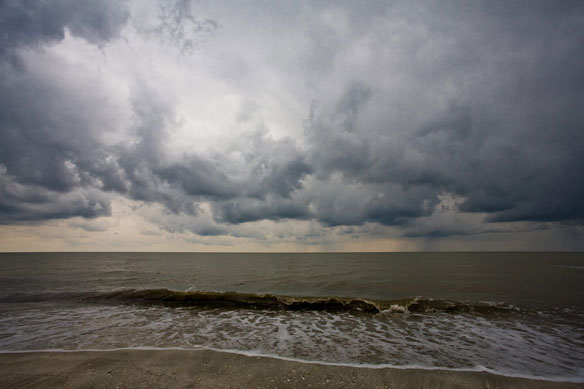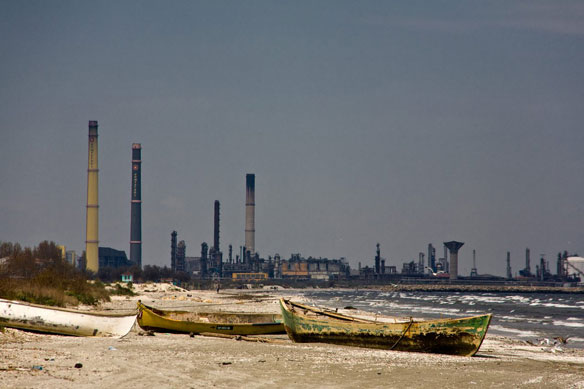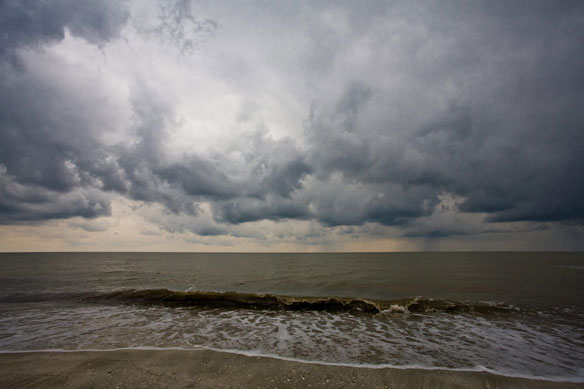
The Black Sea. Photo source: ©© Potomo
Excerpts;
When a Woods Hole Oceanographic Institution geologist Liviu Giosan first reconstructed the history of how the Danube River built its delta, he was presented with a puzzle.
In the delta’s early stages of development, the river deposited its sediment within a protected bay. As the delta expanded onto the Black Sea shelf in the late Holocene and was exposed to greater waves and currents, rather than seeing the decline in sediment storage that he expected, Giosan found the opposite. The delta continued to grow. In fact, it has tripled its storage rate.
If an increase in river runoff was responsible for the unusual rapid build up of sediment in the delta, says Giosan, the question is, “Was this extraordinary event in the Danube delta felt in the entire Black Sea basin? And if so, what caused it?”
…

Costanta, Black Sea, Romania. Photo source: ©© Potomo
The Danube – Black Sea Canal is a canal in Romania, which runs from Cernavodă, on the Danube, to Constanţa , and to Năvodari, on the Black Sea. The main reasons for the building of the canal were to circumvent the Danube Delta, which is difficult to navigate, to shorten the distance to the Black Sea, and several issues related to the loading and unloading of ships.
In its delta, the Danube is divided into three main branches, none of which is suited to optimal navigation: Chilia branch is the deepest, but its mouths were not stable, which made navigation dangerous; Sulina branch is not deep enough for maritime ships to navigate on it and it also used to be isolated from the railroad system; Sfântu Gheorghe branch is shallow and sinuous. At the time when decision to build the canal was taken, it was officially announced that works would also serve a secondary purpose, that of land reclamation – with the drainage of marshes in the area.[2] Also during the period, the Danube – Black Sea Canal was advertised as a fast and direct connection between the Soviet Volga-Don Canal and Central Europe. Captions source: ©© Wikipedia









